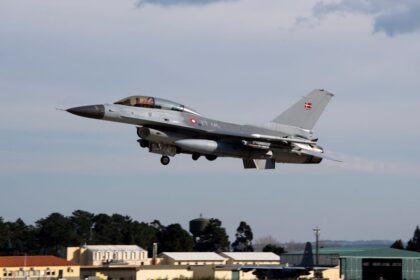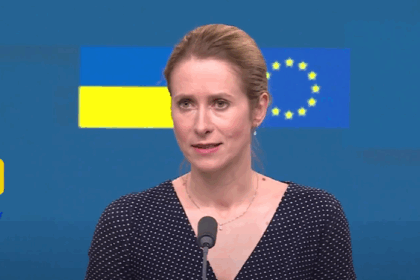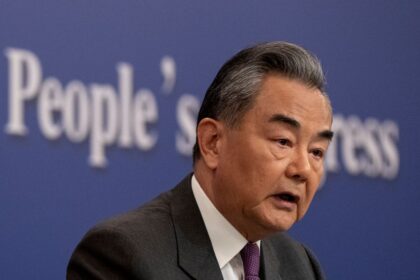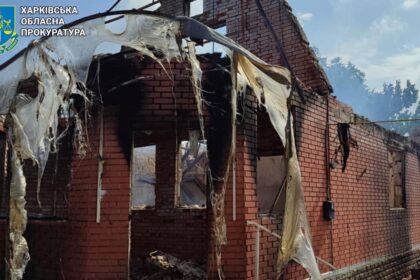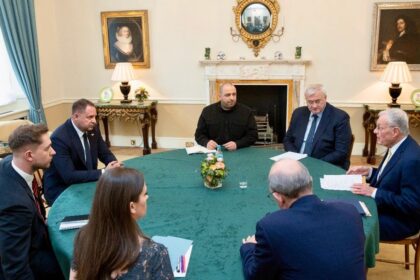**The Hidden Front in Ukraine: How Russia’s Economy is its Weakest Link**
As the world watches the ongoing conflict in Ukraine, a crucial battle is taking place away from the front lines. The war has ignited tensions on multiple fronts, but few are aware of the most vulnerable spot in Russia’s arsenal: its economy. The West, particularly the United States, holds significant economic leverage that can push Vladimir Putin towards negotiations or even collapse his ability to sustain the war.
**A Shift in Washington’s Posture**
Recent developments indicate a renewed commitment from Washington to challenge Moscow’s economy. Military aid to Ukraine has resumed, and a landmark U.S.-Ukraine resource agreement was signed on April 30. More significantly, senators, led by Republican Lindsey Graham, are advocating for sanctions that would impose 500% tariffs on Russian oil and commodity exports. The Kremlin is taking notice, calling this initiative a “counteroffensive from the American deep state.” They should be worried – it’s no bluff.
**The True Threat to Putin’s War Machine**
Energy revenue is the lifeblood of Russia’s war effort. The country’s economy relies heavily on oil and gas exports, with the 2025 federal budget based on an oil price of $70 per barrel. However, Russian Urals crude is now priced around $60, and could drop further. Saudi Arabia, frustrated by non-compliance within OPEC+, has allowed oil prices to fall, potentially triggering a price war. This veiled threat aims directly at Moscow.
**Consequences for Russia**
The effects are already visible. Russia’s oil revenue forecast for 2025 has been slashed by 24%, with the Finance Ministry predicting a drop from 11 trillion to 8.3 trillion rubles. The country’s oil production could decline by up to 50% by 2030, largely due to technical difficulties and high capital costs associated with extracting newer reserves. This is why Moscow is seeking Western expertise, particularly U.S., to develop these fields. A coordinated sanctions regime from Washington and Brussels could shut that door completely.
**A New Era of Energy Cooperation**
The United States and Saudi Arabia are deepening their energy partnership, particularly in liquefied natural gas (LNG). Saudi Aramco has reportedly signed memoranda of understanding with American LNG exporters like NextDecade and Sempra. This investment will expand global LNG capacity and bring prices closer to the U.S. Henry Hub benchmark – lowering Europe’s dependence on Russian gas.
**Poland and Ukraine Take Advantage**
Warsaw has announced plans for a second floating LNG terminal, which could eventually supply Slovakia and Hungary – two nations historically reliant on Russian gas. Ukraine, meanwhile, is gaining investor interest now that the U.S. has committed to a joint Reconstruction and Investment Fund, funded through future resource extraction projects.
**A New Chapter in the War**
The implications for Russia are grave. Military spending has ballooned to 6.3% of GDP – its highest level since the Cold War – while the budget deficit continues to rise. To fund its war, the Kremlin is raiding reserves, raising taxes, and cutting social programs. Absent war spending, Russia might already be in recession.
**The Road Ahead**
Energy diplomacy can now determine the outcome of this war. The White House must maintain pressure by providing Ukraine with military aid while deepening energy cooperation with allies and enforcing robust sanctions. The message to Moscow should be clear: the price of continuing the war will be economic asphyxiation.
If the United States can coordinate its economic tools with allies in Europe and the Middle East, Russia may find itself unable to afford the very war it insists on waging.
**The Future is at Stake**
The next steps are critical. The White House must keep up the pressure – not just by providing Ukraine with military aid, but also by deepening energy cooperation with allies and enforcing robust sanctions. The price of continuing the war will be economic asphyxiation. If Russia’s economy continues to suffer, its ability to sustain the war effort will crumble.
**The Final Verdict**
Russia’s most vulnerable flank is indeed not in the trenches – it’s in the treasury. The West has the power to push Putin towards negotiations or even collapse his ability to sustain the war altogether. It’s time for Washington and Brussels to step up their economic game, and for Moscow to realize that the true battle may be won on the battlefield of energy diplomacy.
Read More @ kyivindependent.com







